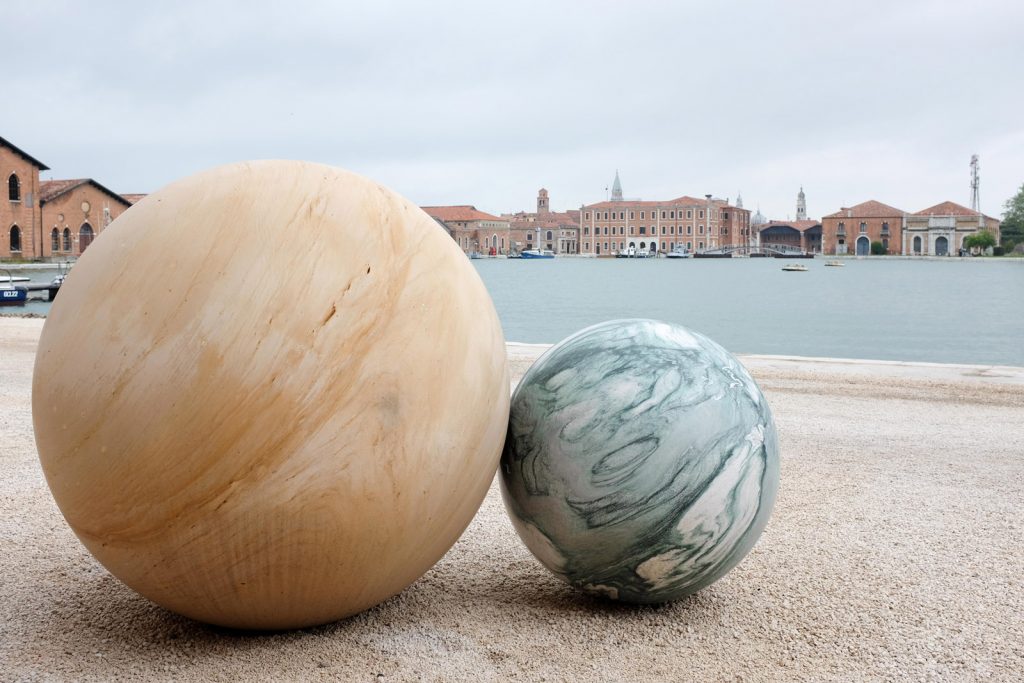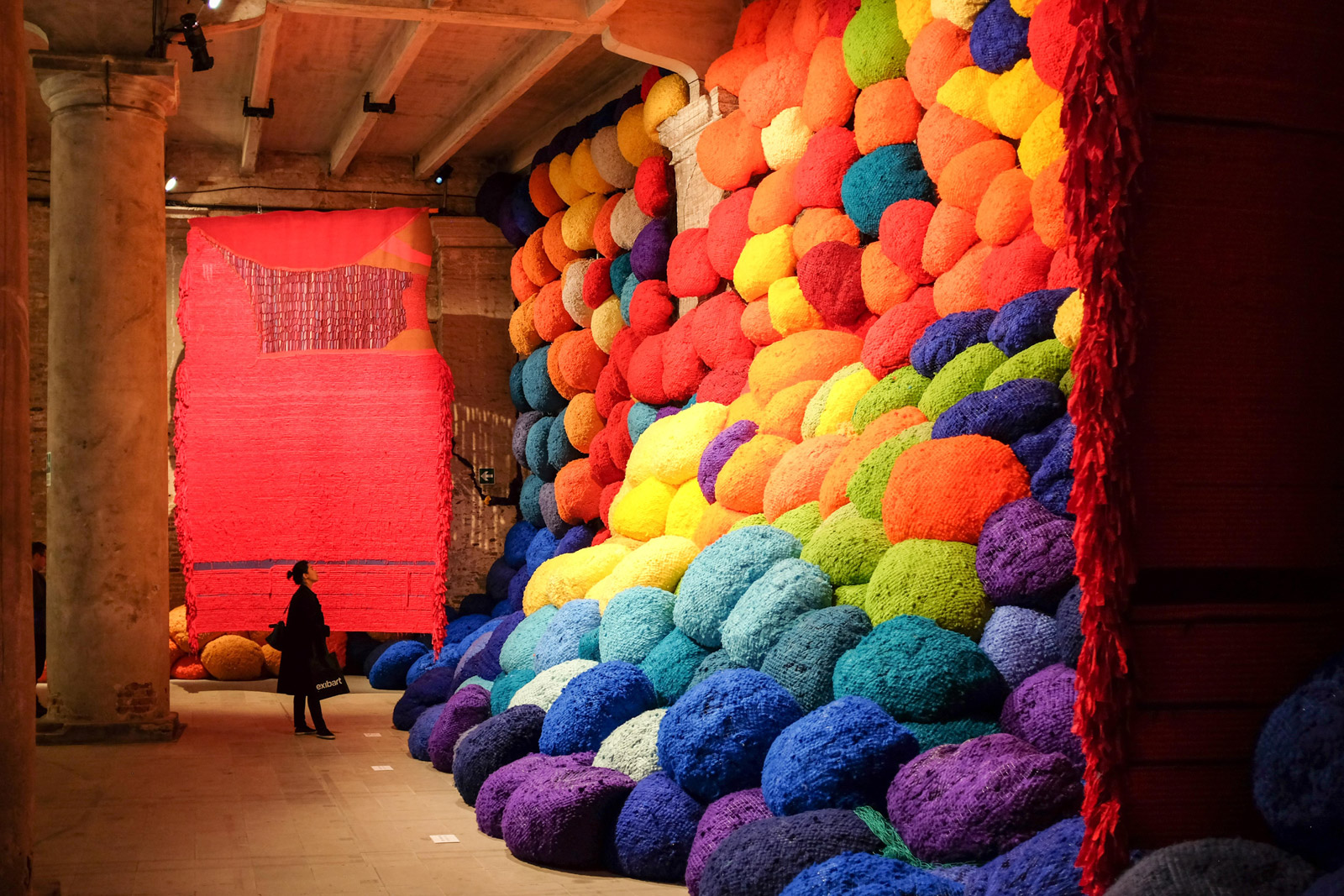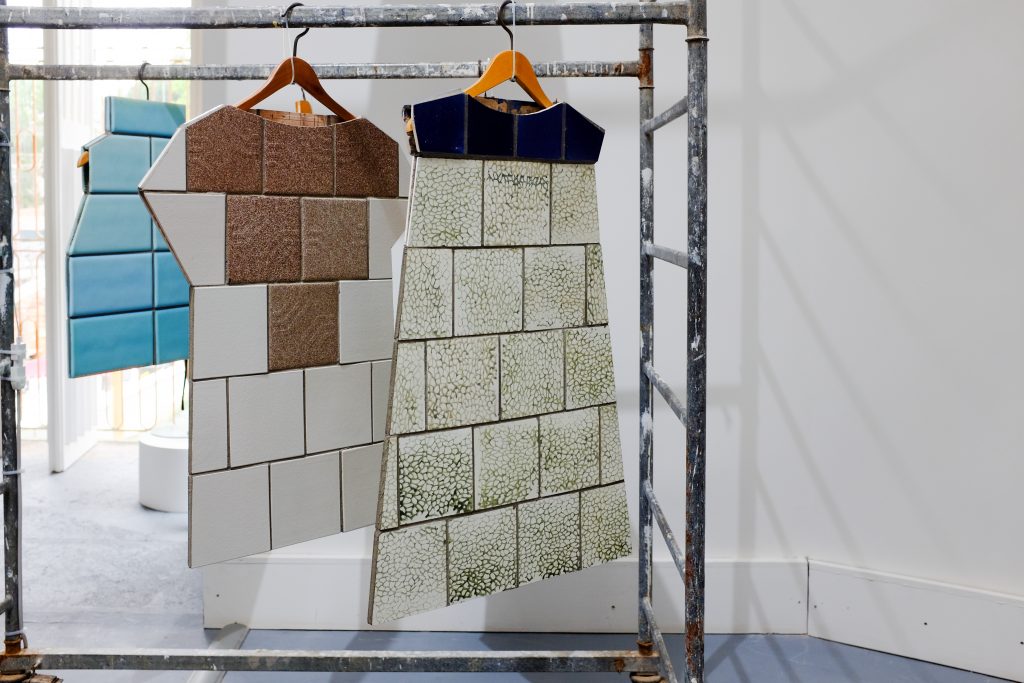Venice Biennale 2017: Thematic Highlights
A refreshing display of global works from artists celebrating art

Anticipation takes hold before we head to Venice for the Biennale Arte, as we consider (and wonder about) what topics will emerge. It’s easy to experience the Biennale, now in its 57th iteration, as if you’ve never seen art before. Curator Christine Macel asked each artist to be as free as possible, to celebrate the joy of making art and living it. With that, “Viva Arte Viva” became the theme for this edition and it expresses an enthusiasm and positive energy that has been missing from areas of the art world for some time.

This year, it’s very much the Biennale of art for the artists. Of the 120 people who have been invited to showcase in the Biennale’s two main locations—Arsenale and Giardini—103 are presenting for the first time. Altogether, the viewer experience is about the discovery of new names and the recovery of forgotten ones. Regardless, with such a refreshing yet rigorous curatorial approach it’s easy to spot recurring phenomena, both cultural and visual.

Regarding technique, drawing is one of the strongest protagonists. The ink drawings of Moroccan-born Achraf Touloub make reference to an ancient art of miniatures but focus on the constant repetition of signs. Inuit typographer and sculptor Kananginak Pootoogook (1952-2010) used drawing to tell the stories of his people’s everyday lives. His large drawings on display hail from the last years of his life and include images and words in Inuktitut, his mother tongue. The essential traits of Huguette Caland’s work include female genitals visually located between fun and provocation, warm eroticism and cold portraiture. Czech artist Luboš Plný’s love for anatomy takes shape through intricate lines of colors that resemble maps or veins.
Born in Romania, Ciprian Mureșan’s work underlines the overabundance of images of today’s visual culture. And this is just the beginning.

Another surprise at the Biennale is the constant presence of textiles. They’re everywhere, in the form of embroidered sculptures, large-scale installations, knitted dolls and painted dresses. The greatest concentration is at Arsenale, where Ernesto Neto presents a gigantic knitted biomorphic architecture, Cynthia Gutierrez intersects marble elements with “telar de cintura” from the Mexican Oaxaca province, Franz Erhard Walther (this year’s Golden Lion winner for Best Artist) hangs his noted sculptural textile geometries on the walls. Softness and colors are also found in the highly-Instagrammed roundness of “Escalade Beyond Chromatic Land” by Sheila Hicks. In such a small area guests travel from Brazil to Mexico, Germany to the US and event further away, imagining—literally—a common thread that connects the life of the artists.

Many works are a demonstration of a real love for imperfect surfaces and materials. These give a sense of poetic roughness. At Giardini, the Israel Pavilion is transformed through the work of Gal Weinstein and his oxidations, molds, scratched walls and layers of pigment on soft matter. This is Weinstein’s way to stop time, make it still and give a new interpretation of the icons of his homeland. A few steps away, the British Pavilion hosts the gigantic sculptures of Phillida Barlow. The packed installation make the visitor feel small and slightly uneasy. Here the materials are wood, cement, cardboard, cast and varnish, most of which are recuperated so beautifully defective.

In some installations, the transformation of organic and natural materials is literal. This is the case with the shoes Michel Blazy used as if they were the obvious place to grow plants. Organic materials are also the focal point of what we believe to be the most impressive work of the entire Biennale, Roberto Cuoghi‘s “Imitation of Christ” at Padiglione Italia. A complex creative process has been established in a lab-like environment. It starts with the serial production of several life-size dead Christs made of organic materials. The sculptures are aged in a controlled environment, where the artist cannot foresee the final result. As a final step, Cuoghi mummifies the sculptures, closing a circle of life and death, classic art and biotechnology.
Biennale Arte 2017 is open to the public from 15 May to 26 November 2017. It’s accompanied by a dense program of events, performances and off-site exhibitions.
Images courtesy of Paolo Ferrarini












